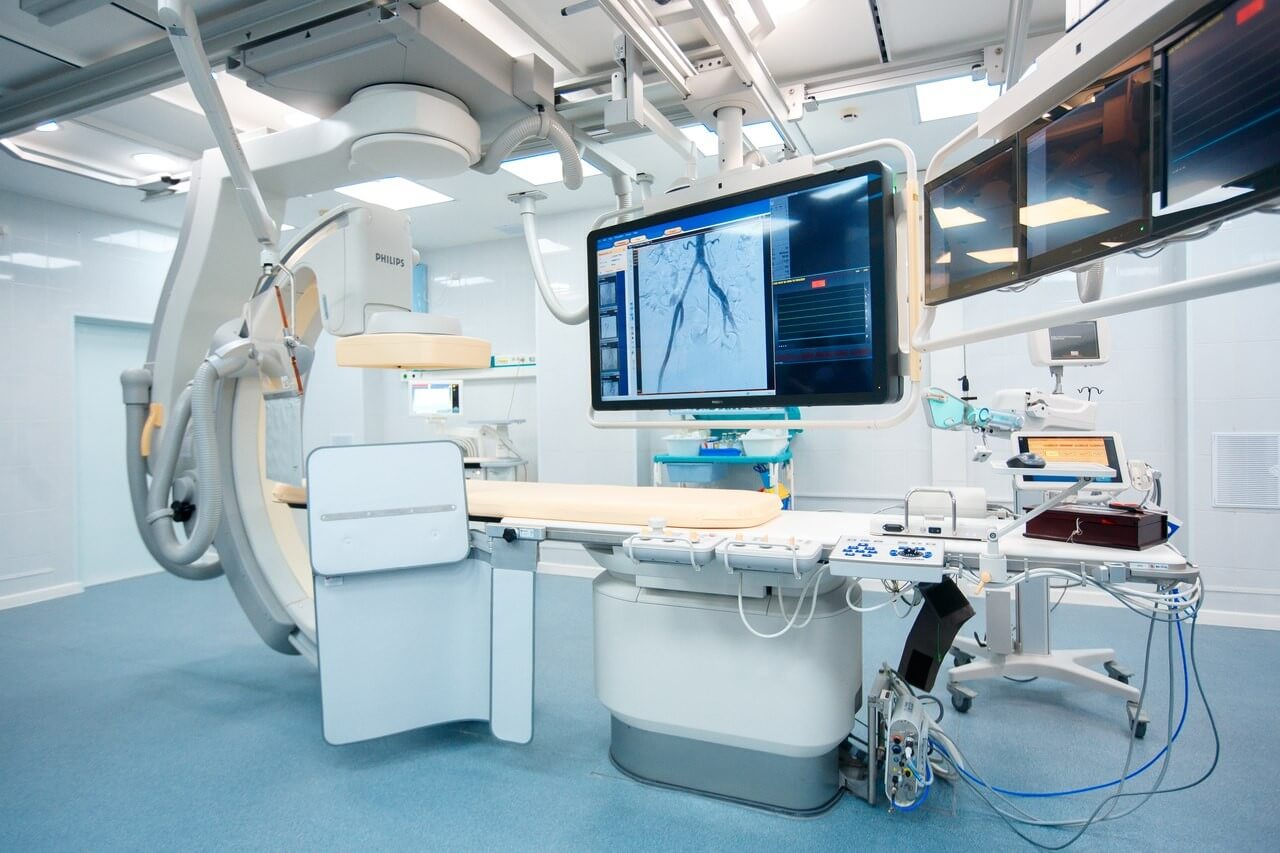
Monitoring Patient Health: Exploring Patient Monitoring Devices

Table of Contents
What Are Patient Monitoring Devices?
Patient monitoring devices are medical instruments that continuously track and record vital physiological parameters to assess a patient's health status. These systems have become indispensable in modern healthcare, from intensive care units to home health settings.
"The global patient monitoring devices market is projected to reach $75 billion by 2027, growing at a CAGR of 7.2% from 2020." - Grand View Research
Types of Patient Monitoring Systems
1. Hospital Monitoring Systems

- Bedside monitors: Comprehensive vital signs tracking in ICUs
- Telemetry systems: Wireless monitoring for mobile patients
- Anesthesia monitors: Specialized for surgical settings
2. Wearable Health Devices
- Smartwatches with ECG capabilities
- Continuous glucose monitors
- Patch monitors for remote patient monitoring
3. Home Monitoring Equipment
- Blood pressure cuffs with Bluetooth
- Pulse oximeters for home use
- Remote patient monitoring (RPM) systems
Key Vital Signs Tracked
| Parameter | Device Used | Clinical Importance |
|---|---|---|
| Heart Rate | ECG, Pulse Oximeter | Detects arrhythmias, cardiac events |
| Blood Pressure | Sphygmomanometer | Hypertension monitoring |
| Oxygen Saturation | Pulse Oximeter | Respiratory function assessment |
| Temperature | Thermometer | Infection detection |
Benefits of Modern Monitoring
- Early detection: Identify deterioration before symptoms appear
- Remote care: Reduce hospital readmissions through RPM
- Data integration: EHR connectivity for comprehensive records
- Patient empowerment: Wearables encourage health awareness

Future Trends in Patient Monitoring
- AI-powered analytics: Predictive algorithms for early intervention
- Miniaturization: Smaller, less intrusive devices
- 5G connectivity: Real-time data transmission
- Multi-parameter wearables: Comprehensive health tracking
"By 2025, 70% of hospitals plan to implement AI-driven patient monitoring solutions to enhance clinical decision-making." - Deloitte Healthcare Outlook
As technology advances, patient monitoring devices continue to transform healthcare delivery, improving outcomes while reducing costs. The integration of IoT, AI, and telehealth capabilities promises even greater innovations in the coming years.






